Related Links:
U.S. Temporary Spans Spread Throughout Peru – Nov. 20, 2013
Peru Ponders Machu Picchu Access Road – Oct. 27, 2010
Peru Proposes Elevator to Increase Access to Machu Picchu Site - March 19, 2009
ASCE Delegation Honors Machu Picchu For Engineering Excellence of Incas – Aug. 7, 2008
Reaching the Incan citadel of Machu Picchu is historically famous for its difficulty. The site’s remote location was a factor in the Spanish conquistadors overlooking it as they swept Peru for its riches. Archaeologist and politician Hiram Bingham had been seeking another “lost” Incan city when he happened across it in 1911.
Today, Machu Picchu is a UNESCO World Heritage site and one of the largest tourist draws on the South American continent. According to Peru’s Foreign Trade and Tourism Ministry, 955,741 visitors flocked to the historic site last year with almost 70% coming from outside the country. The vast majority of visitors arrive by train due to the lack of any paved roadway to its immediate vicinity.
Soon though, that problem will be remedied; a paved roadway leading the way to the doorstep of the historic ruin is now under construction.
The project—the Santa María-Santa Teresa-Machu Picchu Hydroelectric Bridge highway—involves asphalt-paving 22 miles of roadway running along the Urubamba River. The road originates in the town of Santa María—located on a national highway—and then passes through the town of Santa Theresa before ending at a hydroelectric plant near Machu Picchu.
“This work is very important for the integration and economic development of Cusco,” said Peru’s transport minister, Raúl Pérez Reyes Espejo, on a visit to the site in January. “This is part of a joint effort by the executive branch, through the [Ministry of Transportation and Communications, (MTC)], the regional government and local governments to build infrastructure in this very important region of Peru.”
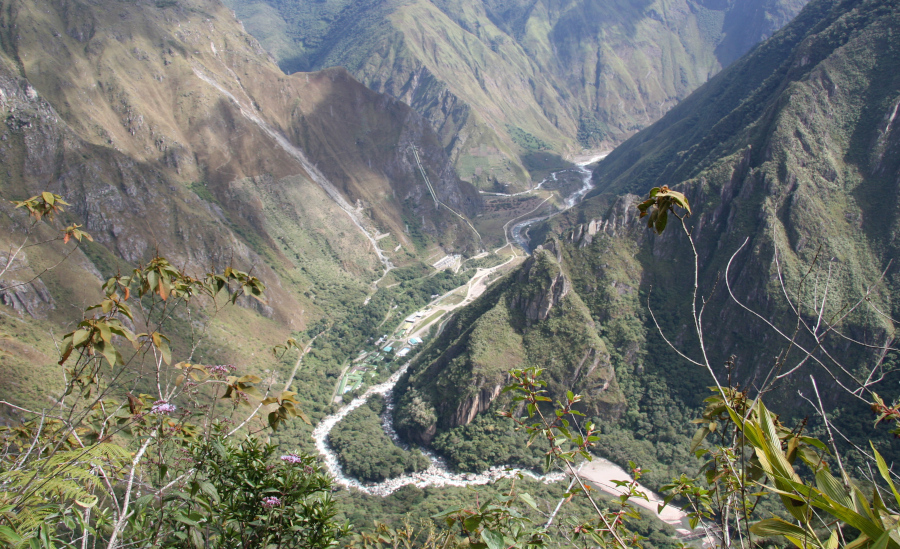
The hydropower plant on the Urubamba Rivers to the southwest of Machu Picchu will be the terminus of the paved road. The railroad line coming from the other direction also ends at the location.
Photo by C.J. Schexnayder/ENR
Run Through the Jungle
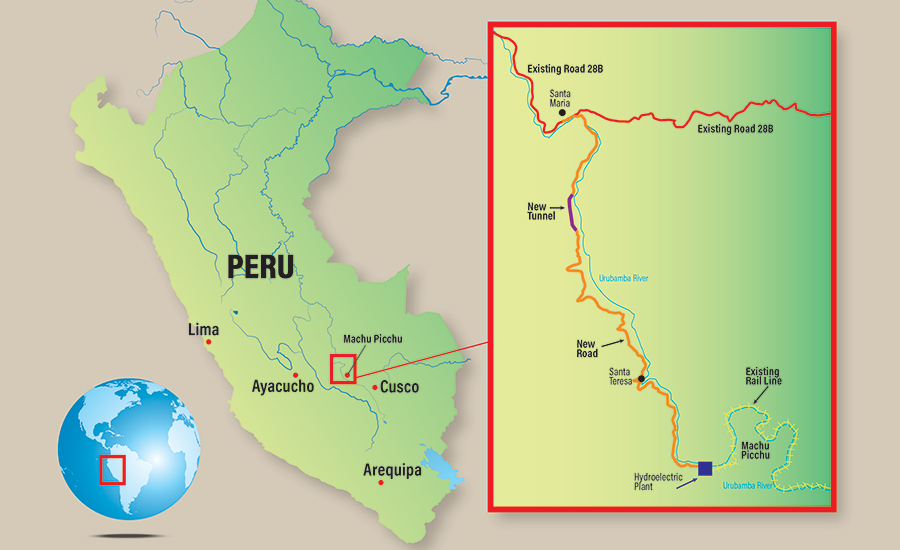
Map by Scott Hilling/ENR
*Click on the map for greater detail
The project, one of the largest ever undertaken in the Department of Cusco, is being run by Provías Nacional, a branch of Peru’s Transportation Ministry. It is part of a wider initiative to improve transportation infrastructure across Peru’s rural highland areas.
The road will consist of two 11-ft-wide asphalt-paved lanes with shoulders and drainage. Six major bridges are being constructed at key crossings where they will replace decades-old Bailey-style pre-fabricated truss bridges. The uneven mountain terrain requires extensive retaining walls and gabions.
The route will eliminate the number of switchbacks and deviations the unpaved route followed. A separate project involves constructing a mile-long tunnel for the road using drill-and-blast. The tunnel will have two lanes and a center for its control and operation.
Officials say the route will be opened in 2025. When completed, a torturous journey of four to five hours should be reduced to just two.
The paving portion of the project was awarded to China Civil Engineering Construction Corp. Sucursal del Perú (CCECC) for $90 million in 2021. The construction of the tunnels and related work was awarded to the Carretera Cusco Consortium, made up of the China Railway Tunnel Group Co. Ltda. Sucursal del Perú and the Grupo Constructor & Consultor Asociados SAC, working under a $45-million contract.
The road was originally scheduled for completion in late 2023 but was delayed in 2022 when an audit revealed the contractors submitted improper documentation for certification. The MTC suspended the contract, but the contractor subsequently filed an appeal to prevent it being nullified. Both sides later agreed to resolve the issue through arbitration and work was resumed.
Other delays have beset the project as well. Heavy rains in January 2022 caused severe flooding that forced the evacuation of hundreds of tourists. Unusually dry conditions in April caused construction delays due to heavy airborne dust.
*Click on the red "+" to see the slideshow
Hall of the Mountain King
Machu Picchu is the linchpin of Peru’s tourism sector, which is still recovering from the impacts of the COVID-19 pandemic. As of Jan. 1, the maximum number of tourists allowed to enter the sanctuary each day was increased to 4,500, with as many as 5,600 on specific dates such as holidays. Before the pandemic, a maximum of 5,800 visitors were permitted to visit the site each day—more than double the amount permitted a decade prior.
There is daily train service between Cusco and the town of Aguas Calientes, located on the Urubamba River about 5 miles northeast of Machu Picchu. Buses take tourists from the town to the sanctuary.
The citadel is also accessible by foot via routes such as the popular multiday “Inca Trail” hikes. With only 500 people permitted on the trail daily, including guides and porters, just a couple hundred trekkers enter Machu Picchu itself. Most of these visitors then lodge in Aguas Calientes afterward.
For years, intrepid visitors with an eye on their budget have taken the alternate route via the hydroelectric dam located southwest of the citadel and about six miles beyond Aguas Calientes on the rail line. These travelers could use road transport to reach the plant and then travel by train or by foot to Aguas Calientes.
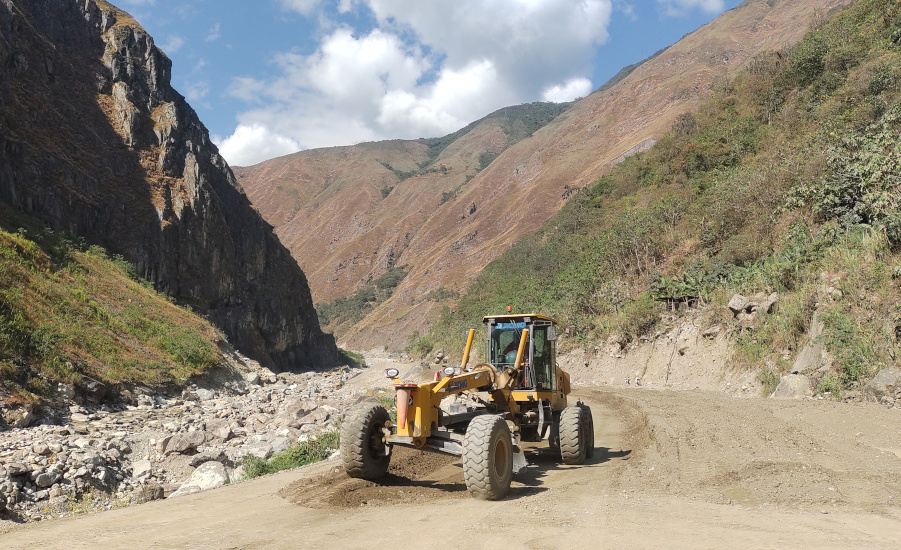
When the road is completed next year, it will simplify access to Machu Picchu and improve transportation for residents of the area.
Photo courtesy MTC
A road connecting Aguas Calientes to Santa Theresa was proposed in 2010 following a major flash flooding event on the Urubamba River that washed out portions of the train track. Thousands of tourist had to be evacuated by helicopter following the event. At the time, major concerns about Machu Picchu becoming inundated by tourists with the improved access.
The upgraded road will not create that direct connection as there is only a railroad bridge crossing the river at the hydroelectric plant limiting the access of vehicles. The upgraded route is intended to “improve the flow” of tourists to the tourist destination, officials said.
The inconvenience of the trip meant only a handful of tourists would use it each day, limiting the ability of the communities along the route to take advantage of Machu Picchu’s international popularity.
The tourism boost is only one aim of the project, officials say. An estimated 19,000 people live in the towns and districts adjacent to the road. The improvements will provide the local communities more direct access to markets as well as improved transportation between localities.
Since the resumption of work last summer, several government officials have since visited the project to emphasize their commitment to seeing it finished.
“Without a doubt, this work is going to completely change the way the surrounding population travels and their quality of life,” said Peru’s Comptroller General Nelson Shack in 2022 as the government sought to resume work.
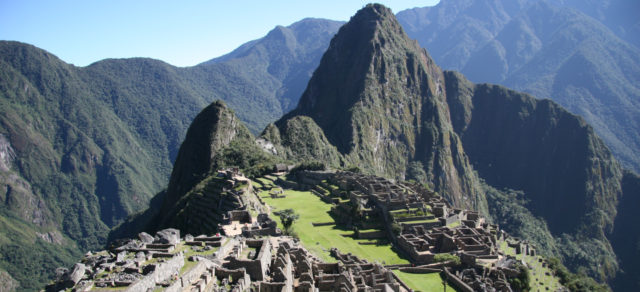














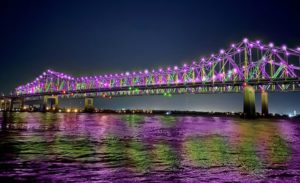
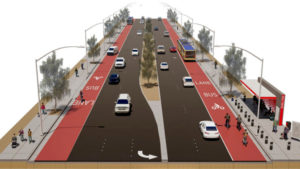
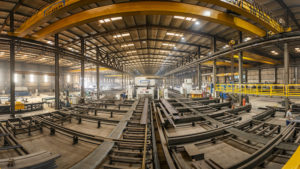
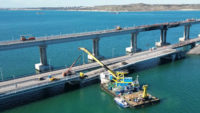
Post a comment to this article
Report Abusive Comment